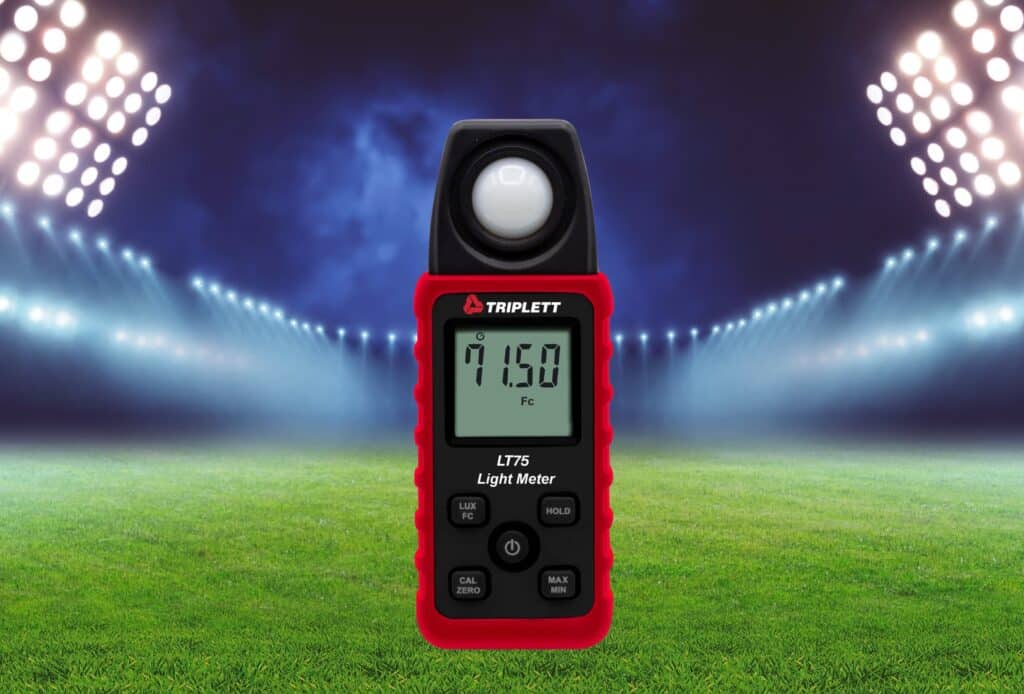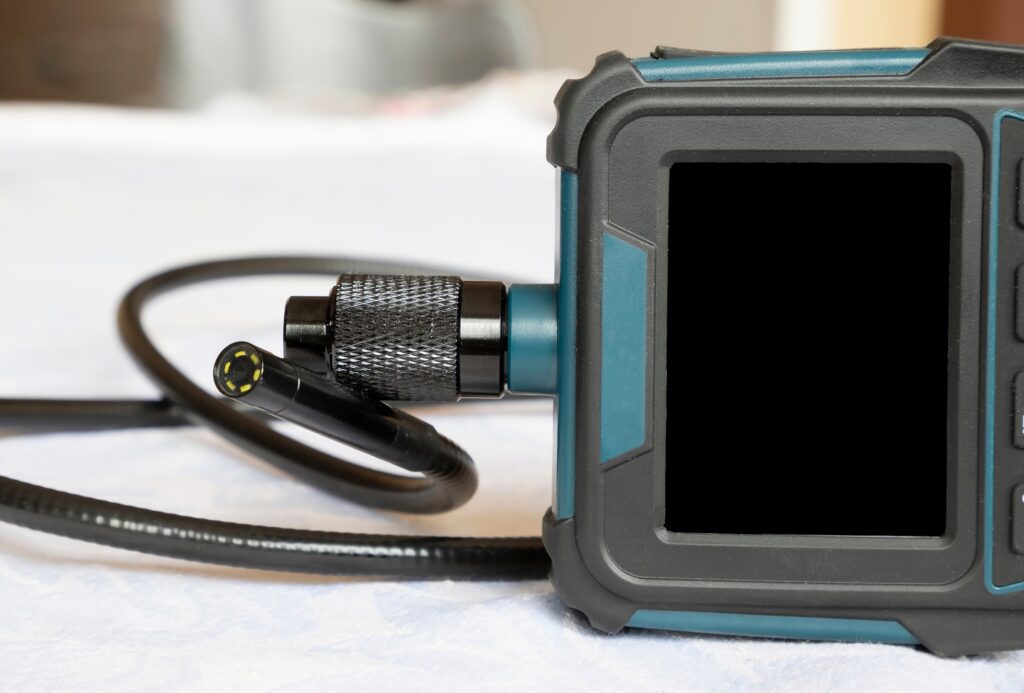Principle of Analytical Weighing Balance: Essential for Precision in Laboratories

Analytical balances are crucial in scientific research and industrial applications. These instruments measure mass with high precision, essential for accurate results. Understanding the principle of analytical weighing balance helps you use these devices effectively and ensure reliable measurements.
What is an Analytical Balance?
An analytical balance is a highly sensitive laboratory instrument used to measure mass. It can detect small variations in weight, making it ideal for precise measurements. The typical readability of an analytical balance ranges from 0.1 mg to 0.01 mg.
Principle of Analytical Weighing Balance
The principle of analytical weighing balance is based on the electromagnetic force restoration (EMFR) method. Here’s how it works:
1. Electromagnetic Force: When you place a sample on the weighing pan, the balance detects the mass and generates an electromagnetic force. This force opposes the weight of the sample.
2. Restoration: The balance uses a feedback loop to restore the pan to its original position. This process ensures that the pan is in equilibrium.
3. Measurement: The balance measures the electromagnetic force required to maintain this equilibrium. This force is proportional to the mass of the sample.
Key Components of Analytical Balances
1. Weighing Pan: The surface where you place the sample.
2. Electromagnetic Coil: Generates the force to counteract the weight of the sample.
3. Sensor: Detects the position of the weighing pan and sends feedback to the coil.
4. Digital Display: Shows the measured mass.
5. Draft Shield: Protects the sample from air currents and dust, ensuring accurate measurements.

Uses of Analytical Balance in Laboratory
Analytical balances have various applications in laboratories, including:
1. Chemical Analysis: Measure precise quantities of reagents for chemical reactions.
2. Pharmaceuticals: Ensure accurate dosing and formulation of drugs.
3. Research and Development: Conduct experiments requiring exact measurements.
4. Quality Control: Verify the consistency and quality of products.
Importance of Analytical Balance in Laboratories
1. Precision: Achieve high accuracy in measurements, essential for reliable results.
2. Consistency: Ensure repeatable and consistent measurements for quality control.
3. Safety: Prevent errors that could lead to hazardous situations in chemical experiments.
4. Compliance: Meet regulatory standards for industries like pharmaceuticals and food processing.
Tips for Using an Analytical Balance
1. Calibration: Regularly calibrate the balance to ensure accuracy.
2. Environment: Use the balance in a stable environment free from vibrations and drafts.
3. Cleanliness: Keep the balance clean and free from dust.
4. Handling: Handle samples with care to avoid contamination and errors.

Analytical Balance Digital vs. Traditional
Digital analytical balances offer several advantages over traditional mechanical balances:
1. Ease of Use: Digital balances are easier to read and use, with automatic calibration and tare functions.
2. Accuracy: Provide higher accuracy and repeatability.
3. Data Handling: Digital balances can store and transfer data, facilitating analysis and record-keeping.
Challenges in Using an Analytical Balance
1. Uncertainty in Measurement: Even the best analytical balance has uncertainty in measurement. Regular calibration and maintenance can minimize this.
2. Environmental Factors: Factors like temperature, humidity, and air currents can affect measurements. Use a draft shield and maintain a stable environment.
3. Sample Handling: Improper handling of samples can lead to errors. Use tools like tweezers and gloves to avoid contamination.
Conclusion
Understanding the principle of weighing balance and using it correctly is crucial for accurate measurements. Analytical balances play an essential role in various industries, ensuring precision and reliability in measurements. Regular calibration, proper handling, and maintaining a stable environment are key to maximizing the accuracy of these devices.
To explore a range of high-quality analytical balances, visit. Investing in a reliable analytical balance ensures precise measurements, enhancing the quality and consistency of your work. Ensure accuracy and compliance in your laboratory with the best analytical weighing scale.
Related Post
Accurate light measurement is essential for various applications, from ensuring
Analytical balances are essential in laboratories. Their high precision and
Measuring light accurately is essential for various applications. Whether you’re
In our daily lives, light plays a crucial role in
Weather stations play a vital role in monitoring and predicting
Welcome to the fascinating world of industrial borescope, where cutting-edge







